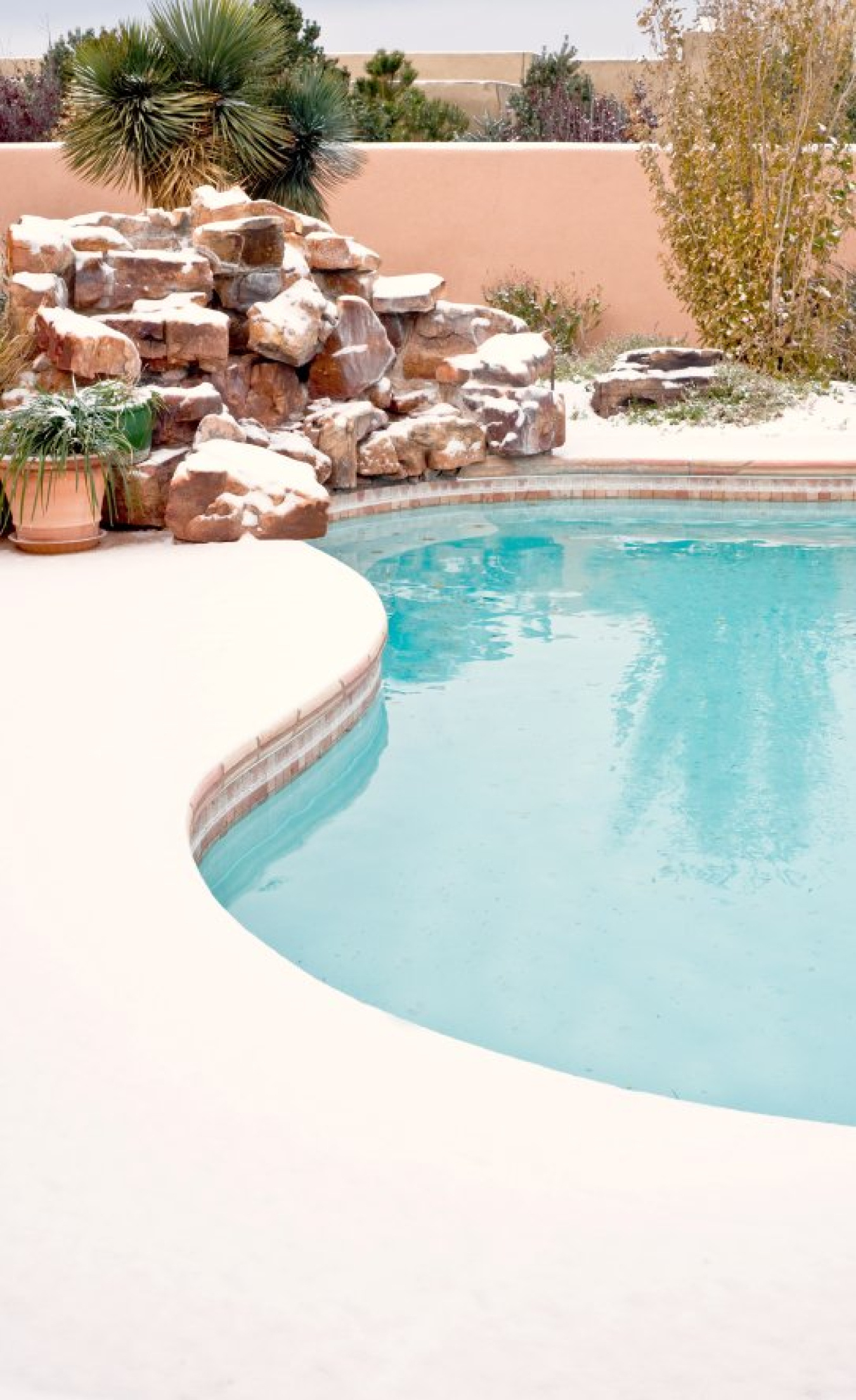If you own a pool, then the pool pump is probably the largest electric motor in your home. It also consumes up to a few thousand kilo-watt hours per year, making it second only to to your air conditioner or heat pump. Your pool pump could be your home's second largest energy user, costing you as much as $270 in utility bills every year. You can save energy and maintain a comfortable swimming pool temperature by using a smaller, higher efficiency pump and by operating it less. Also, using an ENERGY STAR certified pool pump can save more than $300 over the lifetime of the pump.
In a study of 120 pools by the Center for Energy Conservation at Florida Atlantic University, some pool owners saved as much as 75% of their original pumping bill when they used these energy conservation measures (see table below).
Table 1. Savings from Pump Conservation Measures
| CONDITION | ENERGY USE (KWH/YEAR) | COST OF ENERGY ($/YEAR) | ENERGY SAVINGS |
|---|---|---|---|
| Original | 3000 | 240 | ---- |
| Pump replacement (downsizing) | 1800 | 140 | 40% |
| Reduced time (60%) | 1200 | 100 | 60% |
| Combination of above | 720 | 60 | 75% |
Table courtesy of Home Energy magazine. These savings represent a typical pool in Florida. The average pool pump energy bill is probably higher in Florida than in many other areas of the country because of the long swimming season. While the absolute savings here will be greater there than elsewhere, the percentage savings should apply nationwide. Note that the savings for the combination of measures are not simply the sum of savings for the individual measures. When both are implemented, the energy use is 60% of 40% of the original use-percent savings.
Sizing the Pump

The larger the pump, the greater your pumping and maintenance costs. Therefore, you want to use the smallest size pump possible for your swimming pool. To choose the right size pump, you can consult a pool supplier's design chart.
Using the chart, match the hydraulic characteristics of the pump to both the piping and the pool's flow characteristics. For a solar pool heating system, you also need to consider the need to pump the pool's water to and through the collector(s).
The Florida study shows that a 0.75 horsepower or smaller pump is generally sufficient for residential pools. Smaller pumps, which cost less, can be used if you decrease the pool circulation system's hydraulic resistance by doing the following:
- Substituting a large filter (rated to at least 50% higher than the pool's design flow rate)
- Increasing the diameter or decreasing the length of the pipes, or replacing abrupt 90-degree elbow pipes with 45-degree ones or flexible pipes.
By decreasing the pool circulation system's hydraulic resistance, you can reduce the pump's electricity use by up to 40%.
Subscribe to receive updates from Energy Saver, including new blogs, updated content, and seasonal energy saving tips for consumers and homeowners.

